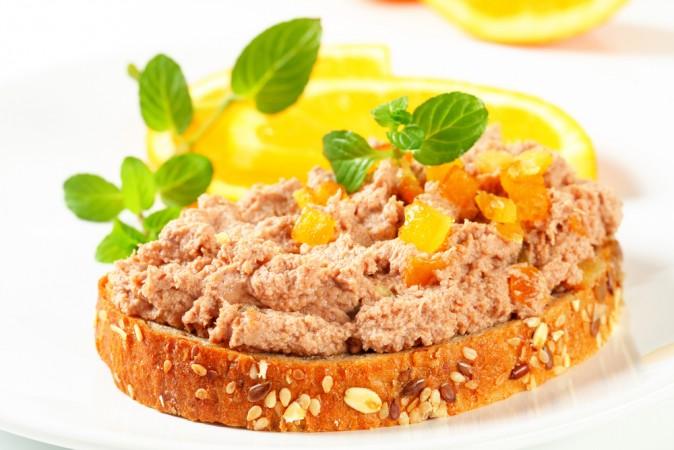In every household, there is usually a set way to clean, cut and cook vegetables. Most of these methods are so routine we don’t think twice about them. For example, you might always eat carrots raw, or always peel the skin off a potato. But some of these habits might not be helping you get the most nutrients from your produce.
Here are some tips to help you get the most bang for your nutritional buck:
Vitamin C + Iron-Rich Food = Better Iron Absorption.
Did you know that iron-rich vegetables such as spinach, broccoli, and kale produce a form of iron that is difficult for our body to absorb — with the result that it passes through our body undigested? Now wait: add some vitamin C to these veggies, in the form of citrus fruits. The vitamin combination makes it easier for our bodies to absorb the essential mineral. So go ahead and squeeze some lemon, lime, orange, or grapefruit juice into your stir-fry (as a bonus, your dish gets a kick of taste, too!) Or, enjoy a glass of fresh orange juice while you are eating your greens. The key is to combine the citrus and greens in the same meal for better iron absorption.
Crushed Garlic Is Better Than Whole.
Crush garlic before using it—this activates allicin, a unique sulfur compound that fights disease and promotes antioxidant activity, according to research. If you let garlic stand for at least 10 minutes before using it, its allicin content increases. The finer you chop or crush it, the more allicin you get. Another useful tip: the more pungent your garlic, the more beneficial it is.

Crush garlic before using it. (Shutterstock)
Ground Flaxseeds Are Better Than Whole.
Most nutrition experts recommend ground over whole flaxseed because the ground form is easier for your body to digest. Whole flaxseed may pass through your intestine undigested, which means you won’t get all the benefits, says Mayo Clinic. Grind flaxseeds in a coffee grinder, and mix them into your soups, stir-fries, salads and breads. Flaxseeds help you digest food better and lower blood cholesterol.

Flaxseeds help you digest food better and lower blood cholesterol.(Shutterstock)
Potato Skins Are a Nutrition Powerhouse.
A lot of the dietary fiber in potatoes is concentrated just under the skin. If you must peel it, do so carefully with a vegetable peeler, only removing a thin layer to retain the nutrients that lie just below the skin. The Washington State Potato Federation points out that an average potato with the skin on contains only 110 calories, but gives you 45% of your daily value of Vitamin C, many trace minerals, and 620 mg potassium — which is comparable to the amount found in bananas, broccoli and spinach.

A lot of the dietary fiber in potatoes is concentrated just under the skin.(Shutterstock)
Pasta + Vinegar = Balanced Blood Sugar
According to the European Journal of Clinical Nutrition, red wine vinegar can control a spike in blood sugar. The reason: it contains acetic acid, which moderates blood sugar levels after you have consumed starchy foods high in carbohydrates such as pasta, rice and bread.

Red wine vinegar can control a spike in blood sugar. (Shutterstock)
Related:
Don’t Throw Out Those Cheese Rinds!
6 Vegetable Scraps to Plant in Your Garden
This article was originally published on www.care2.com. Read the original here.
*Image of “bread with liver pate“ via Shutterstock





